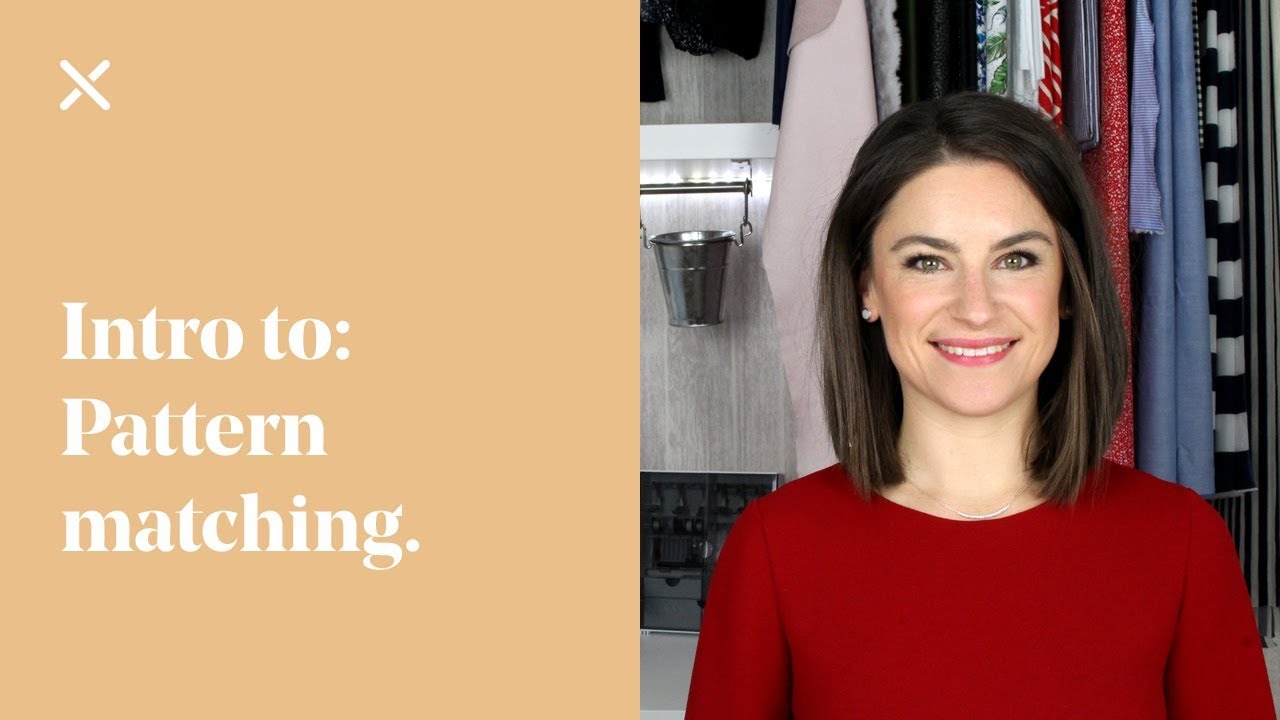Plaid fabric is a timeless textile that effortlessly combines sophistication and versatility. With its rich history dating back centuries, this fabric has become synonymous with classic style and refinement. Whether you're seeking to add a touch of elegance to your home decor or elevate your wardrobe with a touch of sophistication, plaid fabric offers endless possibilities.
Featuring a distinctive pattern of intersecting vertical and horizontal lines, plaid fabric exudes a sense of tradition and authenticity. Its intricate design, composed of various colors and widths, creates a visually appealing tapestry that catches the eye and sparks curiosity. From traditional tartan to modern interpretations, this fabric offers a wide array of patterns to suit any taste or aesthetic preference.
Beyond its aesthetic appeal, plaid fabric also offers exceptional durability and comfort. Crafted with meticulous attention to detail, it withstands the test of time, making it a wise investment for upholstery, curtains, or even clothing. Additionally, its soft texture provides a cozy feel, making it perfect for snuggling up in blankets or wrapping oneself in a warm, stylish scarf.
Whether you're drawn to the timeless elegance, the captivating designs, or the durability and comfort, plaid fabric undoubtedly adds a touch of sophistication to any setting. So, why not embrace the allure of this classic textile and infuse your surroundings with a sense of charm and refinement? Discover the endless possibilities that plaid fabric offers and unlock your creativity today.

The History of Plaid Fabric
Plaid fabric is a timeless pattern that has been around for centuries. Its origins can be traced back to ancient Celtic tribes in Scotland and Ireland. The word “plaid” itself comes from the Scottish Gaelic word “plaide,” which means blanket or rug. These early plaid fabrics were used for practical purposes, such as clothing and bedding, due to their warmth and durability. Over time, plaid fabric evolved to become a popular fashion statement and a symbol of cultural identity.
The Characteristics of Plaid Fabric
Plaid fabric is typically characterized by its distinctive pattern of intersecting horizontal and vertical stripes. These stripes can vary in size, color, and arrangement, resulting in a wide variety of plaid designs. One of the most common types of plaid is the tartan, which is associated with Scottish clans and their respective family tartans. Plaid fabric is usually made from wool, but it can also be crafted from other materials such as cotton, silk, or synthetic fibers.
The Versatility of Plaid Fabric
One of the reasons why plaid fabric has stood the test of time is its versatility. It can be used in various applications, ranging from clothing to home decor. In terms of fashion, plaid fabric is often used to create shirts, skirts, dresses, and accessories. It can be dressed up or down, depending on the occasion. Plaid fabric is also commonly used in interior design, particularly for upholstery, curtains, and bedding. Its timeless appeal adds a touch of warmth and coziness to any space.
The Popularity of Plaid Fabric
Plaid fabric has experienced waves of popularity throughout history. In the 18th and 19th centuries, it became widely associated with Scottish Highlanders and was seen as a symbol of rebellion. Over time, plaid fabric became more mainstream and was adopted by various subcultures, including punk and grunge. In recent years, plaid has made a comeback on the fashion runways, with designers incorporating it into their collections. Its classic yet contemporary appeal continues to attract fashion enthusiasts around the world.
Caring for Plaid Fabric
Proper care is essential to maintain the beauty and longevity of plaid fabric. Most plaid fabrics, especially those made from wool, require dry cleaning to prevent shrinkage or damage. It is important to follow the care instructions provided by the manufacturer to ensure that the fabric remains in top condition. If necessary, spot cleaning with a gentle detergent can be done for small stains. Plaid fabric should also be stored in a cool, dry place to prevent mold or mildew from forming.
In conclusion,
plaid fabric is a timeless pattern with a rich history and enduring appeal. Its versatility, distinctive characteristics, and popularity make it a must-have in any fashion enthusiast's wardrobe or home decor. Whether you're wearing a plaid shirt or using plaid curtains, this fabric adds a touch of style and warmth to any setting. With proper care, plaid fabric can last for generations, continuing to be a symbol of tradition and fashion for years to come.
Unleashing the Power of Plaid: The Art of Pattern Matching
List of Plaid Fabric
Plaid Fabric
| Pattern | Origin | Colors | Usage |
|---|---|---|---|
| Tartan | Scotland | Traditional: red, green, yellow, and blue; Modern: various combinations | Traditional kilts, scarves, and blankets; Modern clothing, accessories, and home decor |
| Gingham | India | Classic: white and a single color; Contemporary: various colors | Casual clothing, tablecloths, curtains, and quilting |
| Madras | India | Bright, vivid, and contrasting colors | Summer clothing, shirts, dresses, and accessories |
| Houndstooth | Scotland | Usually black and white, but can be found in other colors | Formal clothing, suits, blazers, and accessories |
| Buffalo Check | United States | Typically red and black, but variations include other colors | Rustic decor, flannel shirts, and jackets |
Plaid fabric has a rich history and is widely recognized for its distinctive patterns. One of the most iconic plaid patterns is Tartan, which originated in Scotland. Traditional Tartan patterns feature a combination of red, green, yellow, and blue, while modern variations incorporate various color combinations. Tartan fabric is commonly used for traditional Scottish kilts, scarves, and blankets, but it has also found its way into modern clothing, accessories, and home decor.
Gingham, on the other hand, has its roots in India. This plaid pattern is characterized by its classic white and single color combination, although contemporary gingham fabrics come in a range of colors. Gingham is popular for casual clothing, tablecloths, curtains, and quilting projects.
Another Indian contribution to plaid fabric is Madras. Madras fabrics boast bright, vivid, and contrasting colors, making them perfect for summer clothing such as shirts, dresses, and accessories. The vibrant nature of Madras patterns adds a playful touch to any outfit.
Houndstooth, a pattern closely associated with Scotland, is another distinct plaid fabric. Typically featuring black and white, houndstooth patterns can also be found in other colors. This classic pattern is often used for formal clothing such as suits, blazers, and accessories, adding a touch of sophistication and elegance.
Lastly, we have Buffalo Check, a plaid pattern that originated in the United States. Buffalo Check is characterized by its typically red and black color combination, although variations using other colors exist. This rustic pattern is commonly used for flannel shirts, jackets, and rustic decor, evoking a cozy and outdoorsy feel.
Plaid fabric offers a wide range of options, from traditional and timeless patterns to modern and bold variations. Its versatility and enduring appeal make it a popular choice for various clothing, accessories, and home decor projects.

